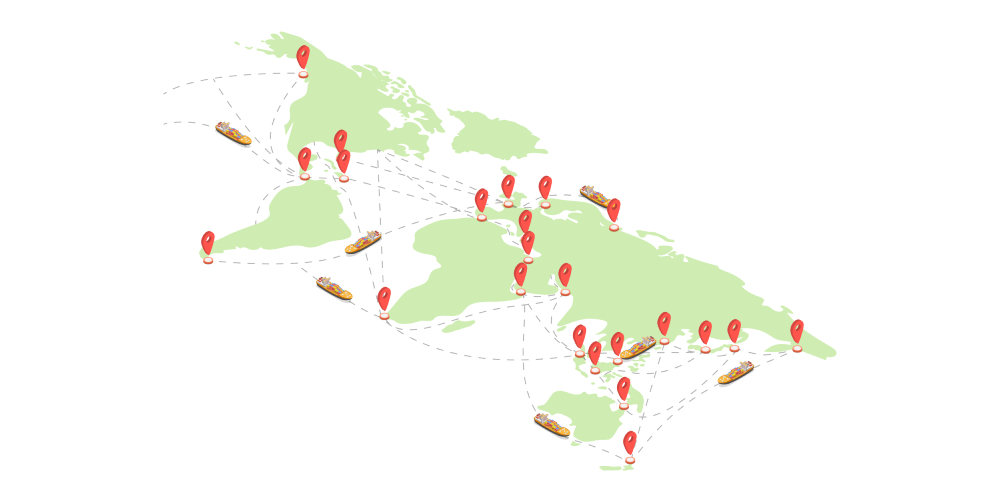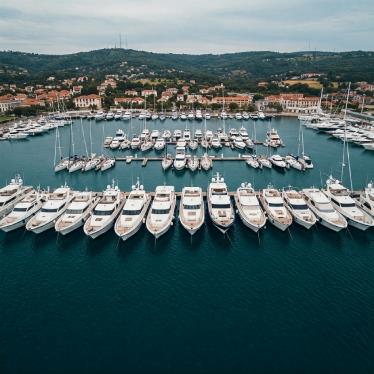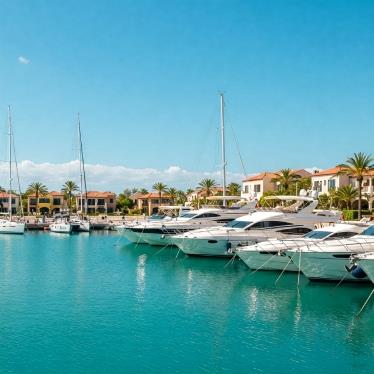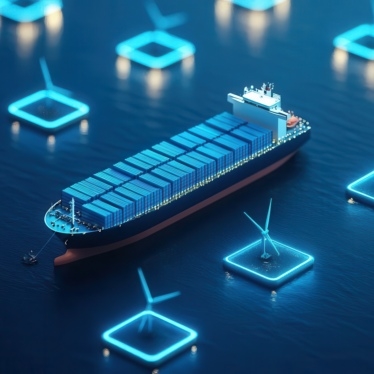
How the Sea Shaped Civilizations
Throughout human history, the fortunes of empires and civilizations have been deeply intertwined with the currents of maritime commerce. For millennia, traditional sea routes served not only as trade highways but also as bridges for culture, science, and religion. From the earliest voyages to modern shipping lanes, the sea has connected people across continents—shaping the world as we know it today.
The Power of Maritime Routes in Global Development
Since ancient times, maritime trade has played a central role in shaping economic growth and cultural exchange. Sea routes allowed access to rare goods, drove innovation, and gave rise to prosperous coastal cities. They also accelerated the spread of knowledge—from navigation techniques and astronomical tools to new languages and beliefs.
Even in the modern world, 90% of international trade still flows across oceans. These ancient pathways laid the foundation for today’s interconnected global economy.
The Maritime Silk Road: East Meets West
The Silk Road was more than just a land route—it was a vast network connecting East Asia with the Mediterranean. A key component of this system was the Maritime Silk Road, which extended from ports like Guangzhou and Quanzhou in China to India, the Middle East, Africa, and eventually Europe.
Ships transported luxury goods such as silk, porcelain, tea, and spices, facilitating trade while also enabling deep cultural exchanges. These maritime connections helped spread religions like Buddhism and Islam, and technologies like papermaking and compasses.
Merchants set out from Xi’an, journeying westward to the Roman Empire, linking vastly different civilizations through commerce and shared curiosity.
The Spice Route: A Fragrant Force in History
Another critical sea corridor was the Spice Route, which spanned from Southeast Asia to Europe. Originating from the fabled Spice Islands of Indonesia—home to cloves, nutmeg, cinnamon, and pepper—this route brought not only flavor but also fortune.
In medieval Europe, spices were prized for their culinary, medicinal, and preservative value. This immense demand drove European explorers like Vasco da Gama and Christopher Columbus to chart unknown seas, ushering in the Age of Discovery.
The spice trade helped establish global empires, reshaped naval warfare, and set the stage for colonial expansion.
The Suez Canal: A Modern Miracle
Our historical journey brings us to the Suez Canal, a modern engineering triumph that revolutionized maritime logistics. Completed in 1869 after ten years of construction, the canal connects the Mediterranean Sea to the Red Sea, offering a direct route between Europe and Asia.
Thanks to this shortcut, shipping times were drastically reduced. Today, over 1 billion tonnes of cargo pass through the canal annually—including oil, LNG, consumer goods, and more.
The Suez Canal remains a linchpin of international trade. This was starkly illustrated during the Ever Given blockage in 2021, which halted global shipments and caused billions in economic loss.
Beyond economics, the canal stands as a symbol of global connectivity—a vital artery linking East and West in the modern age.
Legacy of the Sea
From ancient merchant fleets to modern container ships, maritime trade routes have been the lifelines of global development. They have transported not just goods, but ideas, languages, beliefs, and innovations—shaping human history in profound ways.
As we continue to navigate an interconnected world, the sea remains a powerful reminder of our shared journey through time—and our enduring dependence on the rhythm of the waves.


